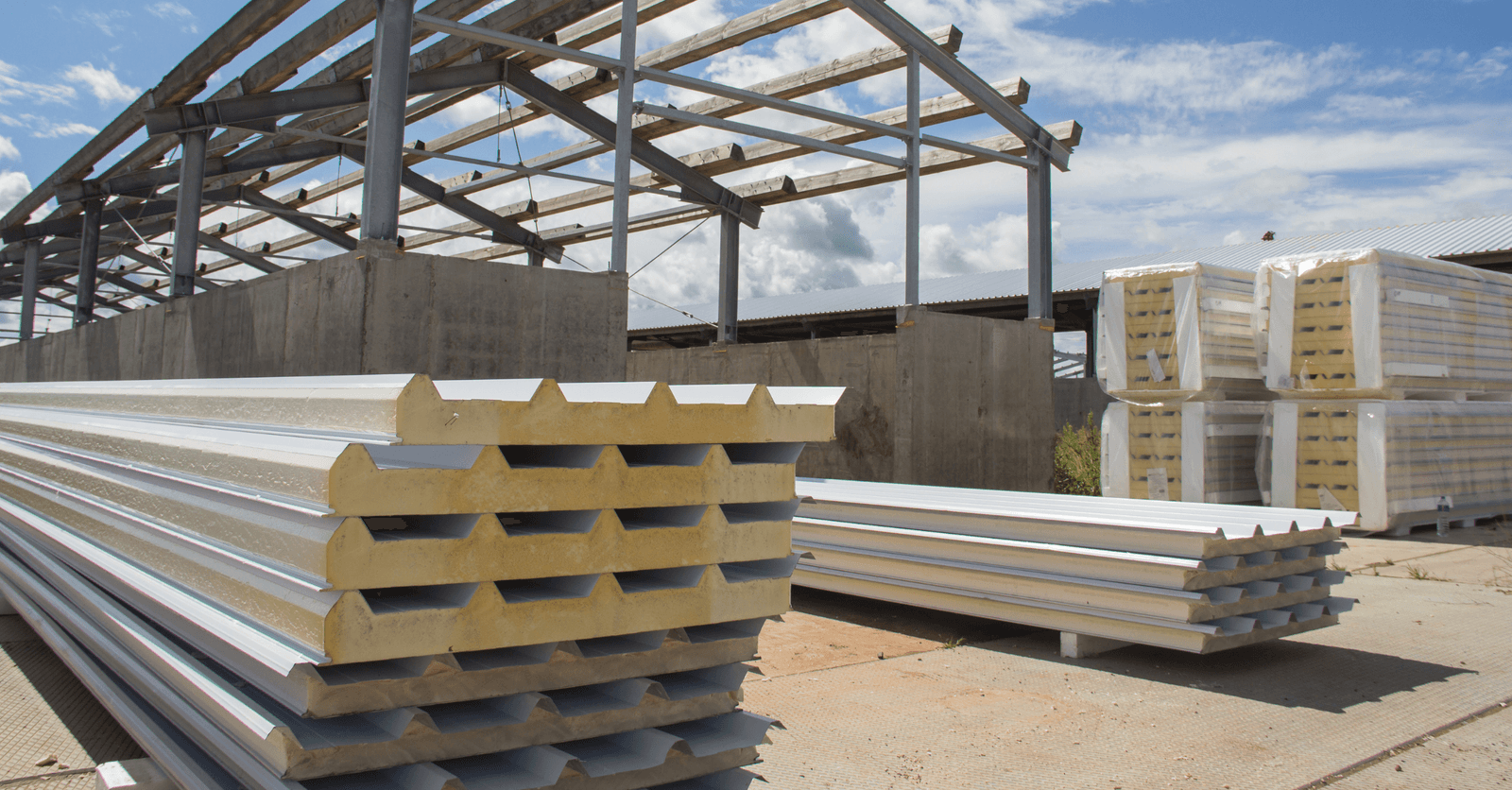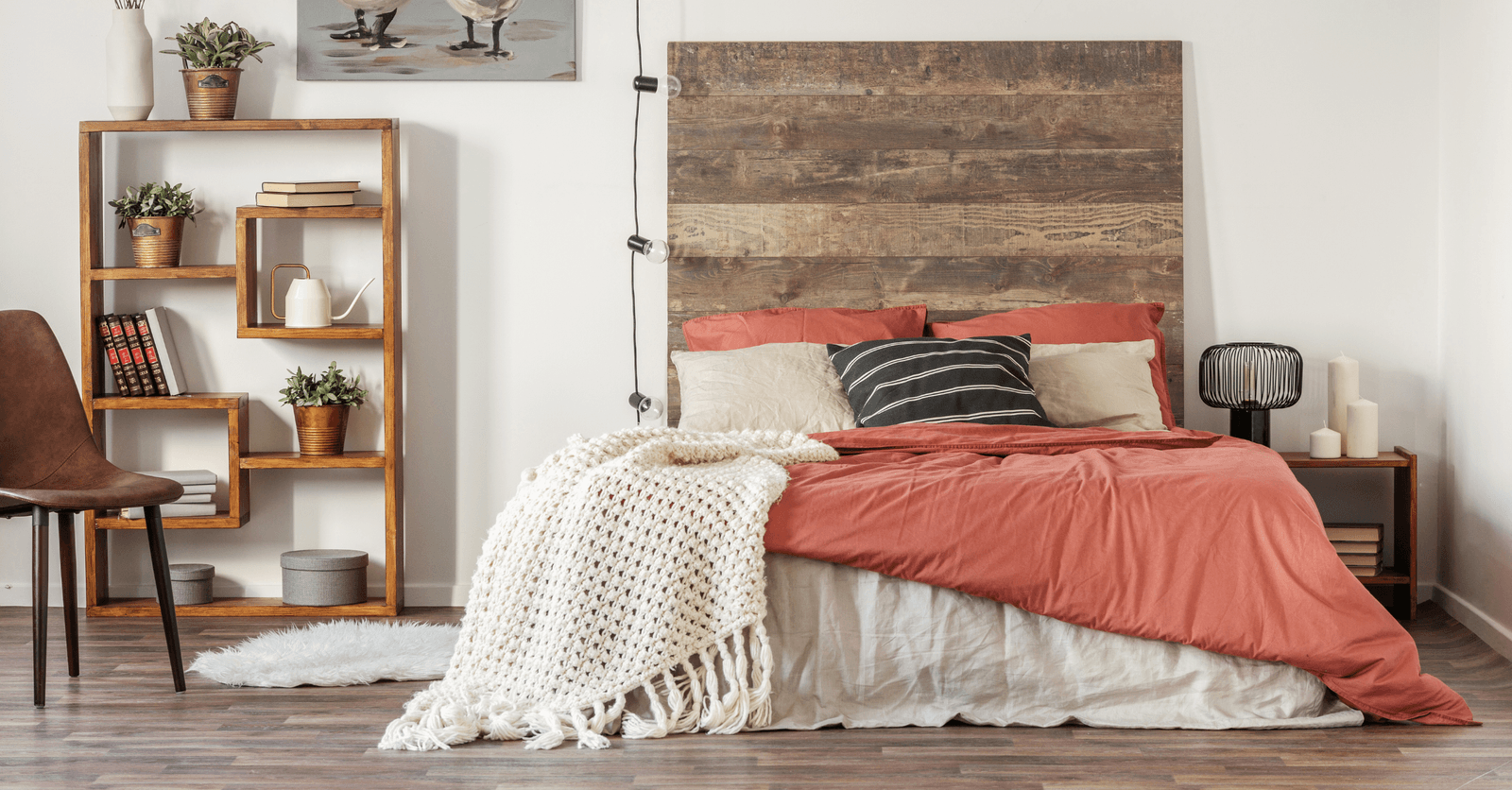
With big cities beginning to lack space due to infrastructural development, more and more individuals are turning to mobile homes as an alternative lifestyle. Others may already own mobile homes as a getaway from their regular abode. In both cases, mobile homes are a unique living experience.
As a moveable home, they should be adopted by the adventurous type or those who enjoy being on the go. However, especially in Canada, mobile homes need the right type of insulation to maintain energy efficiency while keeping warm and staying cool.
Most mobile homes are made of a metal casing and compact structure that is poorly insulated on both the top and bottom. Further, plenty of mobile homes have poor ventilation. If you’re a homeowner curious about owning a mobile home or you’ve already got one, read on to find out how to properly insulate one.
Steps to Insulate a Mobile Home
Install mobile home skirting

For some, properly insulating a mobile home will involve installing insulated skirting underneath the home’s structure. This will help to reduce air infiltration, as well as create a thermal boundary so that your home stays warm in the winter and cool in the summer. Further, if you have struggled with frozen pipes in the past, installing insulated skirting is necessary, as this will help to prevent those issues.
There are several types of mobile home skirting, but almost all will serve the following functions:
Ventilation: Skirting will work to ventilate your mobile home properly, as it will require adequate means to ventilate during those warm spring, summer and early fall months.
Strengthen the insulation: As we mentioned, skirting will work to correctly insulate, and thus, strengthen your mobile home. Of course, you should choose a skirting that is weather-resistant, with an insulating value of 8 or above. It is recommended that you look for pre-made insulated skirting, as this will allow for the most cost effective method, as compared with individual products.
Thermal envelope: It is important to maintain a thermal envelope when it comes to installing your mobile home skirting, as it will need to be wrapped around the perimeter of your home. For this reason, if you have a deck or porch attached to your mobile home, you must use the extra material to maintain the envelope.
Durability: Most mobile home skirting is thick, and can be quite durable. Skirting will keep your home durable, and protect against wind gusts. Also, depending on the thickness of the material you choose to install, critters and bugs will be kept from finding their way underneath and into your mobile home.
Weatherproofing Your Mobile Home
Weatherization will typically consist of filling the underside of your mobile home to further reduce any form of air infiltration. Filling in the underbelly will truly create a thermal boundary. You may choose to weatherize with a variety of materials, though the most commonly used are fibreglass and cellulose.
However, fibreglass is naturally water-repellent, whereas cellulose is not. Therefore, choosing your material will directly depend on the climate of your mobile home's placement.
There are plenty of ways to weatherize your home and they are as follows:
Patching: Patching is done by addressing any visible holes in the bottom or sides of your mobile home structure. This can be done in a variety of ways, but it is recommended that you use a house wrapping material from your local hardware store. Staple it to the structure or use screws and washers to secure it into place.
The center of your mobile home: Most mobile homes have a weak center point because of plumbing placement. Insulating this area can be risky, as you want to make sure that heat from the duct is still able to reach your pipes. However, plenty of air escapes from here and it is therefore important not to overlook it.
The entrance point: Consider accessing cavities around the entrance point of your home. This can be done by drilling holes through the rim joist, followed by sliding or removing the skirting that is in place on the exterior. Enter the cavity by carefully prying it open with an aluminum pole.
Materials Used to Insulate a Mobile Home

As we mentioned, you can choose from a variety of materials to insulate your mobile home. We are going to mention a few of the popular ones:
Fibreglass: You may choose to use fibreglass if you live in a particularly wet region of the country, as fibreglass is naturally waterproof. Moreover, fibreglass resists corrosion and will not catch on fire or fall apart easily. This insulation method can be expensive in comparison with the others listed but will stand up to the test of time.
Plastic beads: Plastic beads are installed using a blowing machine, which may need to be rented from your local hardware store. Plastic beads are an excellent insulation method, as they are moisture-resistant. However, they measure lower than fibreglass in the realm of thermal resistance and R-value, and should, therefore, be left for less-severe needs.
Cellulose: Like plastic beads, cellulose requires a blowing machine for installation. However, this insulation method will put more pressure on the walls and ceiling of your mobile home than the others listed. Also, it easily absorbs water, so cellulose should not be used if you’re living in a wet climate.
Would you like to expand your mobile home to accommodate your family? Take a look at our article Mobile Home Addition: How to Expand a Mobile Home.
Get 3 renovation quotes for your mobile home insulation project
RenoQuotes.com can help you get quotes for your mobile home insulation project. If you submit your project, we’ll put you in contact with top-rated contractors. Fill in the form on the homepage (it only takes a few minutes), and you will get estimates from trusted professionals.
Dial 1-844 828-1588 to speak with one of our customer service representatives.
Looking for something else?
Related articles
The latest industry news, interviews, technologies, and resources.

Editorial Team
•07 Nov 2023
There are plenty of reasons why the layout of your home may not feel right for you anymore. Perhaps you’ve outgrown the number of rooms or maybe you’d like to incorporate a home office, a gym or a basement apartment.

Editorial Team
•27 Aug 2025
Concrete panels are durable, cost-effective, and viable options for both indoor and outdoor walls. Their list of attributes doesn’t end here: they're also easy to install, especially aesthetic-looking, thermal insulators, and soundproof. We’ll delve into why and how these panels should be installed.

Editorial Team
•15 Nov 2023
The bedroom, a peaceful, rest and relaxation haven, is, for all intents and purposes, an area that’s particularly cherished. And, the feature that obviously conjures relaxation the most is, without a doubt the bed, which one slumps onto after a workday.

Léa Plourde-Archer
•07 Nov 2023
August 25th, 2011, we finally got the keys to our coveted condo. This condo is located in an old building in the Rosemont district (Montreal) and was built in 1926. It's a far cry from the modern condo developments where you can choose the finishes and that were built less than two years ago.

Christine Simard
•07 Nov 2023
Have you decided to change your floor covering and your choice fell on ceramic? Regardless of the specific tile pattern that caught your attention, you will need to purchase grout.